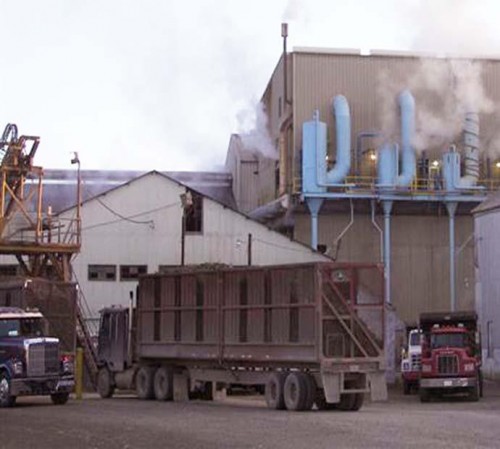Pauline Naquin Henry
December 23, 2008Dec. 26
December 26, 2008Hurricanes Gustav and Ike caused some yield reductions in the sugarcane crop in Terrebonne Parish, said Rick Louque with the LSU AgCenter in Houma.
Downed cane resulting from the high winds made the cane harder to harvest, Louque said. Harvesting typically begins in September and usually lasts around 90 days.
But the damaged cane is causing a later harvest, making the crop vulnerable to freezes.
“Our biggest concern is weather,” Louque said. “There was a late harvest. Planting was longer than normal. It pushed the harvest back.”
The crop in Terrebonne suffered some saltwater intrusion from the hurricanes, but the salt water drained quickly, Louque said.
Raceland Sugars spokesman Dan Duplantis said sugar content has been good, but the tonnage is lighter because the hurricanes caused a six to eight week loss in growth.
“The cane, when it’s knocked down, has to spend more energy to grow,” he said.
With continued good weather, harvesting should be complete by the end of the year, Duplantis said.
Raceland Sugars has been grinding around 13,500 tons of cane a day, he said.
Following Tropical Storm Isidore and Hurricane Lili, which struck Louisiana in 2002, sugarcane growers experienced three consecutive years of diminishing yields.
Production increased to average levels by 2006.
Growers in the state harvest between 30 and 50 tons of sugarcane an acre, yielding, on average, 32 to 33 tons an acre.
Trucks unload sugarcane at Raceland Sugar. This year’s crops were down after the hurricanes. * Photo by SOPHIA RUFFIN






